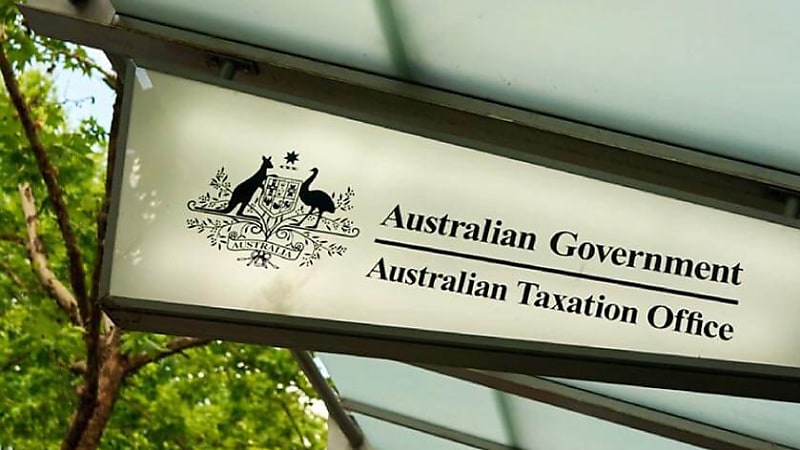PBR determines difference between days to retirement and employment cessation
The date of when a member ceases to be gainfully employed when determining “days to retirement” is not the last date they attended work, according to a recent private binding ruling.
The PBR (1052367111264) dealt with a member who was diagnosed with a health condition that prevented them from working again on the date they received a diagnosis.
The court was provided with a copy of a total permanent disability benefit quote, which showed the TPD date of event. Notes to the benefit quote refer to the “TPD date of event” as “...the date you were permanently unable to work due to the illness or injury”.
It also contained notes to the benefit quote referring to the “TPD date” as “the date we approved your TPD benefit claim”.
The TPD claim amount was rolled over into the member’s superannuation account and their previous super account was closed.
The court was provided a screenshot of what appeared to be a part of an undated email, with the subject “RE: Approved IP Update Claim: CLM-xx” that provided the date of disablement, the waiting period in the number of days and the benefit start date.
The document also referenced a reduction in income protection benefits, based on receiving an amount from both WorkCover and the employer.
The member included salary and wages from their employer in their income tax returns for a number of income years, as well as copies of two doctors' statements in support of the TPD benefit claim.
These statements included statements from the medical professionals, including a psychiatrist, that referred to the dates of the member’s symptoms first occurring, the date they were referred, and the dates of their first appointment.
Finally, the court was presented with a copy of a letter that addressed the complaint that the member believed the fund’s trustee used an incorrect date of the TPD date of event as the date they stopped being capable of being gainfully employed, instead of date their condition was diagnosed, and the last date they attended work.
The member advised that this resulted in a smaller invalidity segment of their payment, and a resultant higher amount of tax payable.
In its decision, the court ruled that where a person receives a superannuation lump sum which is a disability superannuation benefit, section 307-145 of the Income Tax Assessment Act 1997 modifies how the tax-free component of the lump sum is calculated.
The effect of the modification is to increase the tax-free component of the benefit to broadly reflect the period where the person would have expected to have been gainfully employed.
The amount of the tax-free component will be modified in accordance with subsection 307-145(2) of the ITAA 1997, which says:
The tax-free component is the sum of:
(a) The tax-free component of the benefit worked out apart from this section; and
(b) The amount worked out under subsection (3).
It continued that the tax-free component cannot exceed the amount of the benefit.
“You have contended that the dates of these statements [from the medical professionals] are of no relevance in the tax-free component calculation under section 307-145 of the ITAA 1997 as it refers to the 'date the person stopped being gainfully employed',” the ruling read.
“Section 307-145 does not, in fact, refer to the 'date the person stopped being gainfully employed', but rather to the 'day on which the person stopped being capable (emphasis added) of being gainfully employed...'. As such, the issue for consideration is what is the day on which you stopped being capable of being gainfully employed.”
It continued that subsection 995-1(1) of the ITAA 1997 says:
“Gainfully employed means employed or self-employed for gain or reward in any business, trade, profession, vocation, calling, occupation or employment.”
“A person does not have to attend work and carry out the day-to-day duties of their role in order to be 'employed'. A person on annual leave continues to be employed during that time, as does a person on sick leave.”
“When a person is receiving income protection payments, they are receiving payments for the loss of salary or wages due to illness or an accident. The amount of the payments received is a percentage of employment income, prior to a claim. As such, it cannot be said that a person in receipt of such payments has stopped being capable of being gainfully employed by their employer at that time.”
The ruling said, despite the inclusion in the documents of WorkCover payments, which resulted in the reduction of the amounts of income protection benefits the member received for a time, the fact that they were receiving WorkCover payments indicates they had not been determined to be suffering from a permanent incapacity at that time.
“The date on which you stopped being capable of being gainfully employed, is the date by which two legally qualified medical practitioners have determined that, because of ill health, it is unlikely that you can ever be gainfully employed in a capacity for which you are reasonably qualified because of education, experience or training,” the ruling added.
‘It is not the date on which you stopped working, or last attended work. No determination had been made at that time, that you were no longer capable of being gainfully employed at that date. You continued to be in receipt of both WorkCover payments, and salary and wages from your employer. As such, it cannot be said that you had stopped being capable of being gainfully employed, at that time.”


